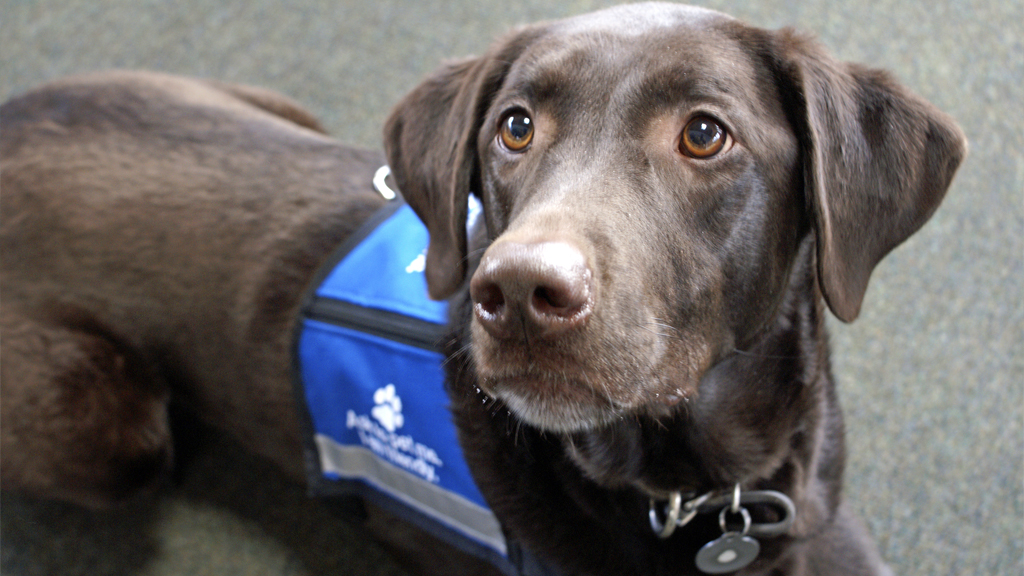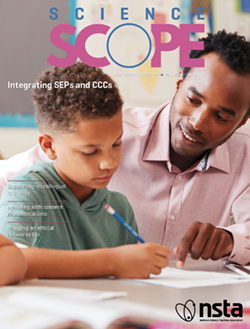Middle School | Formative Assessment Probe
Floating Logs
By Page Keeley
The purpose of this assessment probe is to elicit students’ ideas about floating and sinking. The probe is designed to find out if students think changing the size of an object affects how it floats.
Middle School | Formative Assessment Probe
Comparing Cubes
By Page Keeley
The purpose of this assessment probe is to elicit students’ ideas about properties of matter. The probe is designed to find out which properties students think will change if the size of an object made from the same material changes.
Safety Blog
Service Animals in the Science/STEM Laboratory
By Ken Roy
Posted on 2022-12-01

Press Release
NSTA Unveils List of the Best STEM Books for K-12 Students

November/December 2022
Volume 46, Number 2
Three-Dimensional Learning
The Next Generation Science Standards (NGSS) call for three-dimensional learning, or the intentional integration of disciplinary core ideas (DCIs), crosscutting concepts (CCCs), and scientific and engineering practices (SEPs).

November/December 2022
Volume 46, Number 2
Three-Dimensional Learning
The Next Generation Science Standards (NGSS) call for three-dimensional learning, or the intentional integration of disciplinary core ideas (DCIs), crosscutting concepts (CCCs), and scientific and engineering practices (SEPs).

November/December 2022
Volume 46, Number 2
Three-Dimensional Learning
The Next Generation Science Standards (NGSS) call for three-dimensional learning, or the intentional integration of disciplinary core ideas (DCIs), crosscutting concepts (CCCs), and scientific and engineering practices (SEPs).
Freebies and Opportunities for Science and STEM Teachers, December 6, 2022
By Debra Shapiro

Press Release
NSTA Announces 2023 List of Top Science Trade Books for K-12 Students
When Healthy Turns Dangerous
Pharmacokinetic Implications of Grapefruit Juice and Statins
By Rachel Rigsby, Jamie Adam

Freebies and Opportunities for Science and STEM Teachers, November 29, 2022
By Debra Shapiro

Science Trade Books and the 5E Model: A Mix of the Right Ingredients
By Christine Anne Royce
Posted on 2022-11-22


